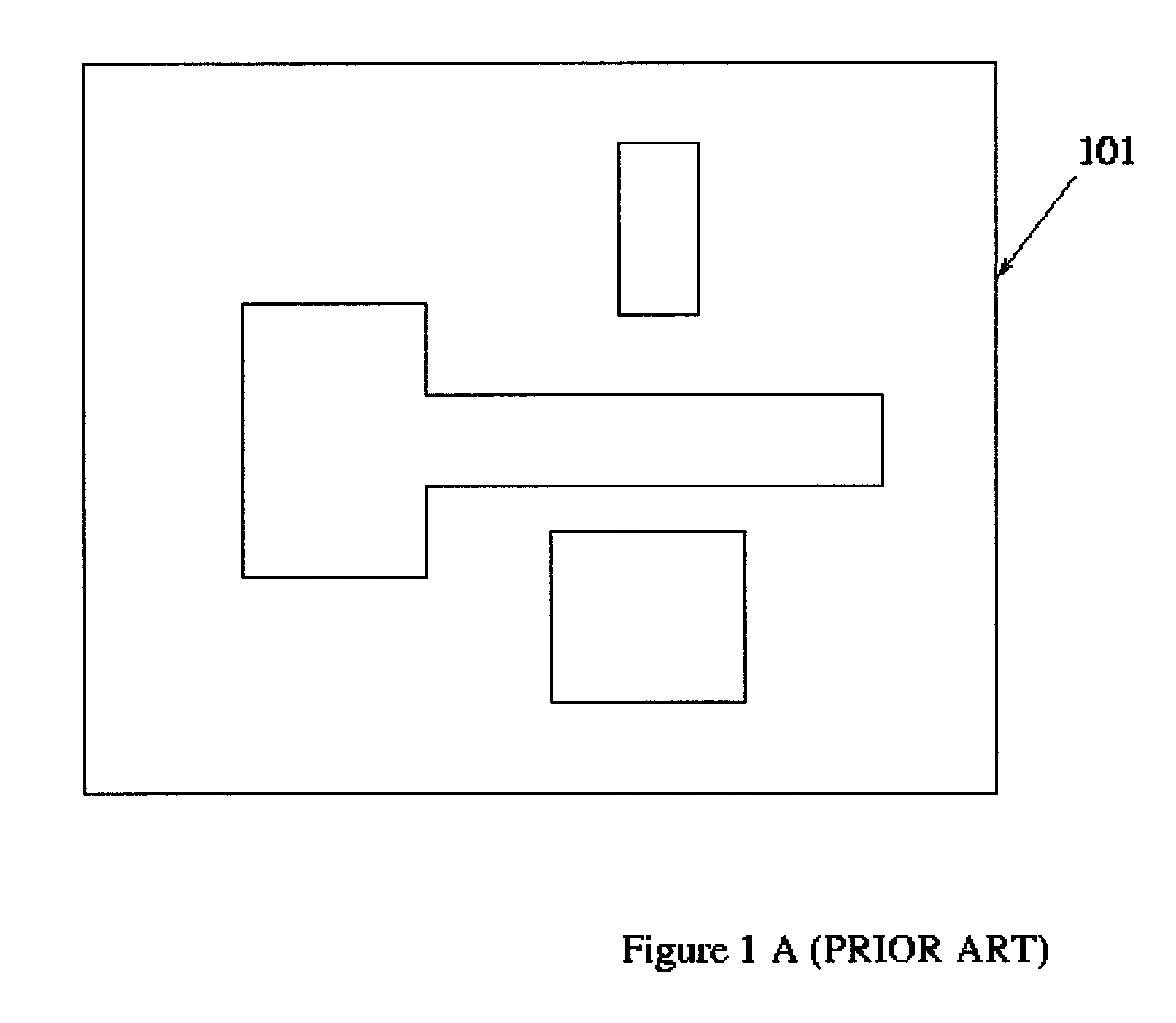Method for adaptive segment refinement in optical proximity correction
a technology of optical proximity correction and adaptive segment refinement, which is applied in the field of lithographic processes, can solve the problems of loss of mask shape fidelity, the limit of the lithographic process capacity, and the difficulty in the process of designing tools for automating chip design, and achieve the effect of increasing computation costs
- Summary
- Abstract
- Description
- Claims
- Application Information
AI Technical Summary
Benefits of technology
Problems solved by technology
Method used
Image
Examples
Embodiment Construction
[0054]In the following description, numerous specific details may be set forth to provide a thorough understanding of the present invention. However, it will be obvious to those skilled in the art that the present invention may be practiced without such specific details.
[0055]Refer now to the drawings wherein depicted elements are not necessarily shown to scale and wherein like or similar elements are designated by the same reference numeral through the several views.
[0056]In accordance with the present invention, a method and computer system is provided for performing model-based optical proximity correction (MBOPC), wherein the comparison of simulated image to target image is performed using an adaptive refinement of segmentation that is based on the image gradient. Using this methodology, a proper balance of the segmentation can be achieved that takes into account the variations of the wafer image. This methodology can be used to obtain more accurate and faster image simulation a...
PUM
| Property | Measurement | Unit |
|---|---|---|
| length | aaaaa | aaaaa |
| length | aaaaa | aaaaa |
| threshold intensity | aaaaa | aaaaa |
Abstract
Description
Claims
Application Information
 Login to View More
Login to View More - R&D
- Intellectual Property
- Life Sciences
- Materials
- Tech Scout
- Unparalleled Data Quality
- Higher Quality Content
- 60% Fewer Hallucinations
Browse by: Latest US Patents, China's latest patents, Technical Efficacy Thesaurus, Application Domain, Technology Topic, Popular Technical Reports.
© 2025 PatSnap. All rights reserved.Legal|Privacy policy|Modern Slavery Act Transparency Statement|Sitemap|About US| Contact US: help@patsnap.com



